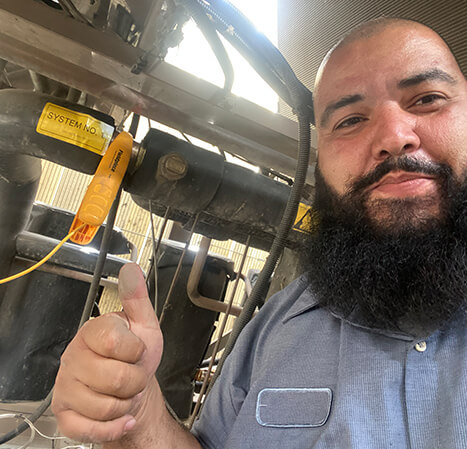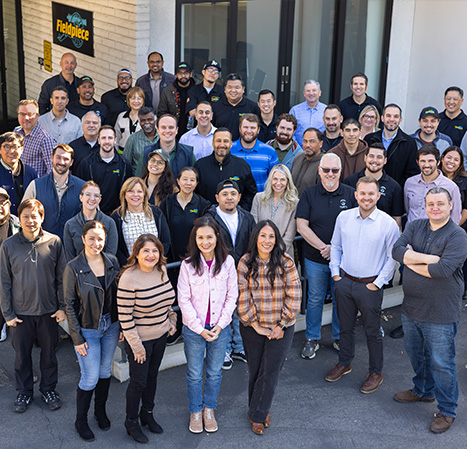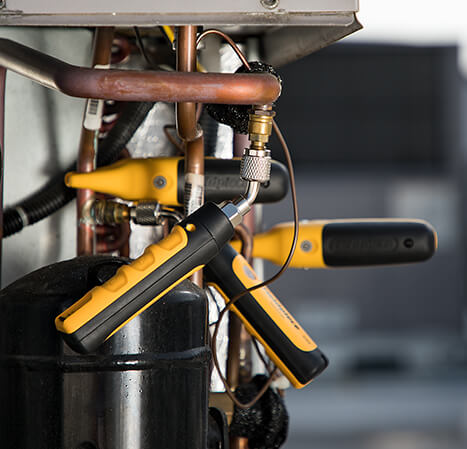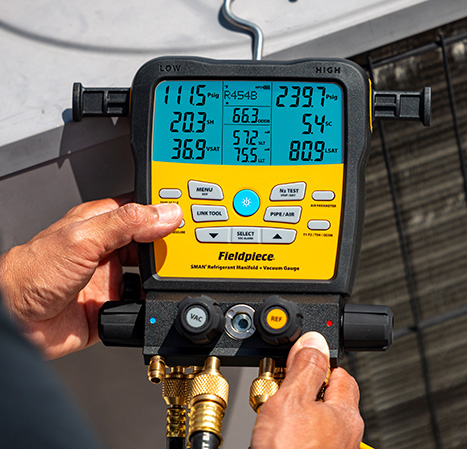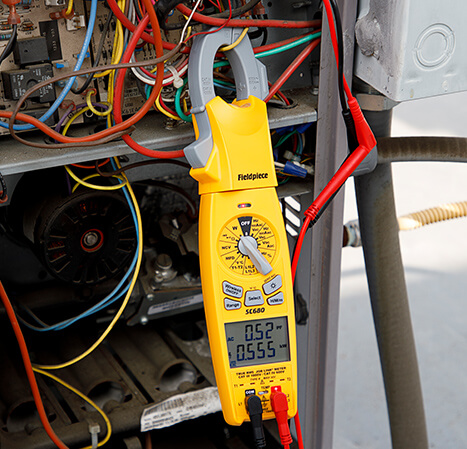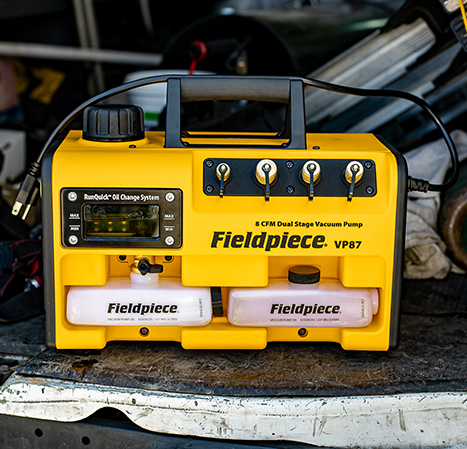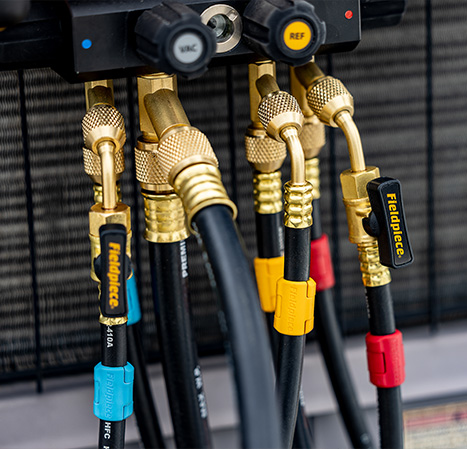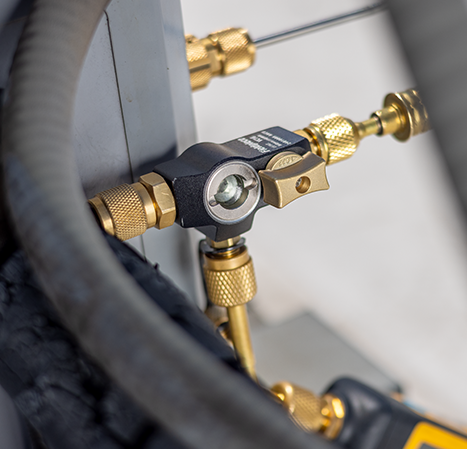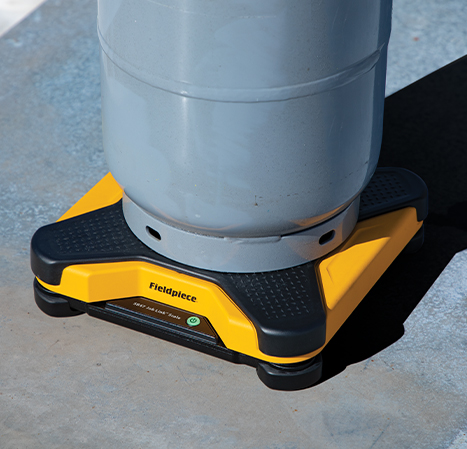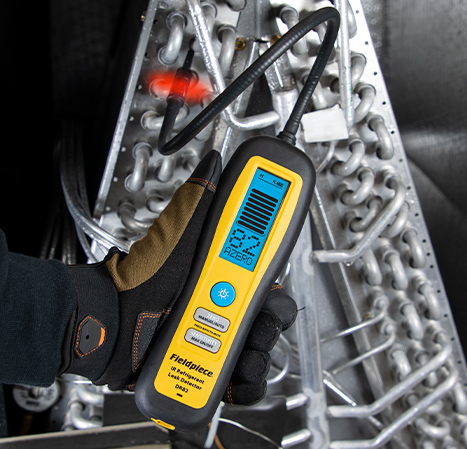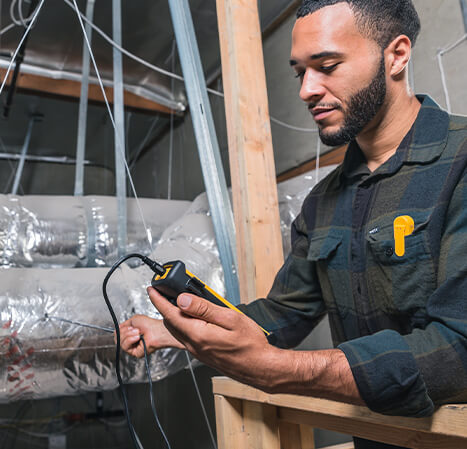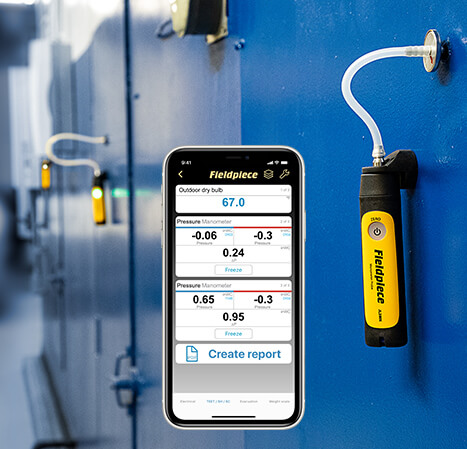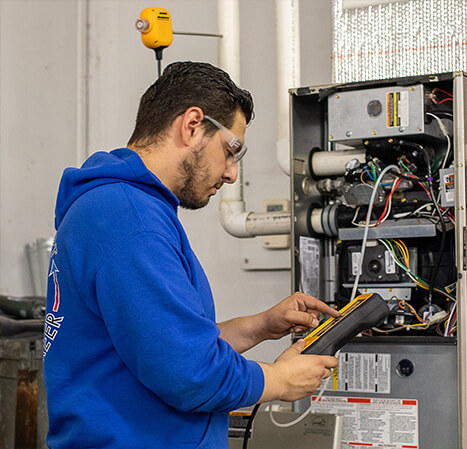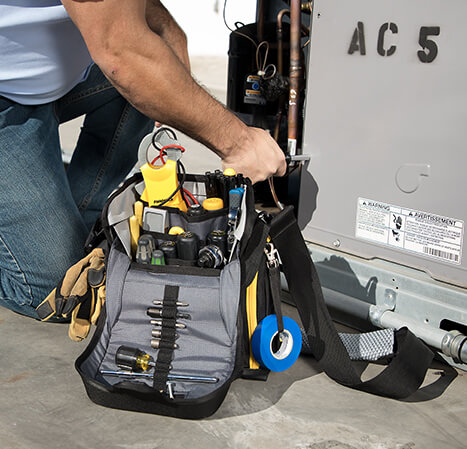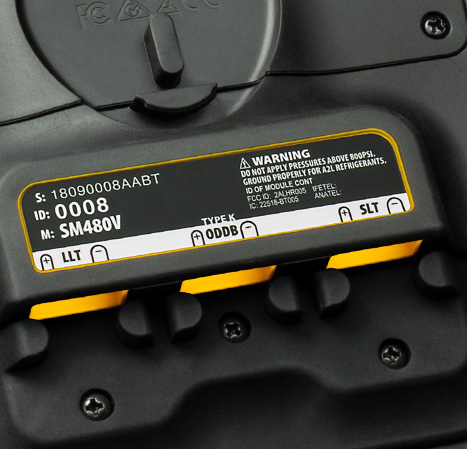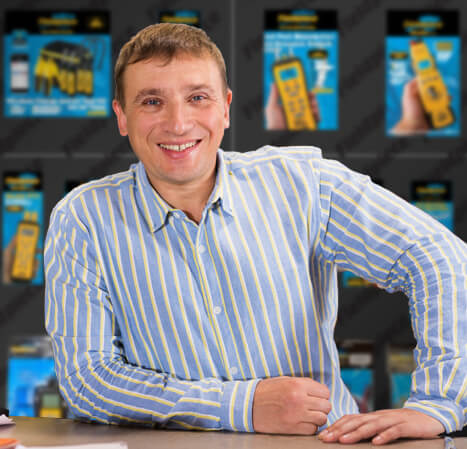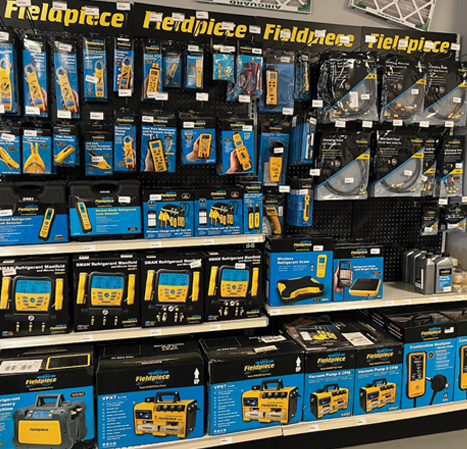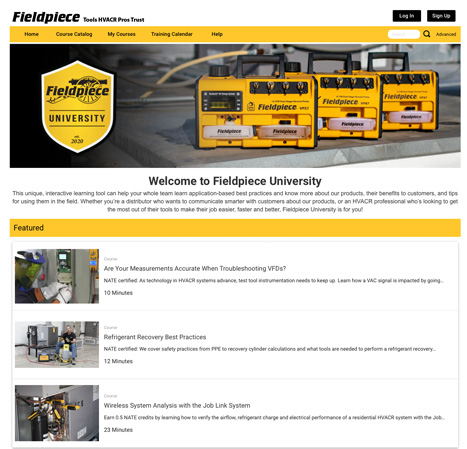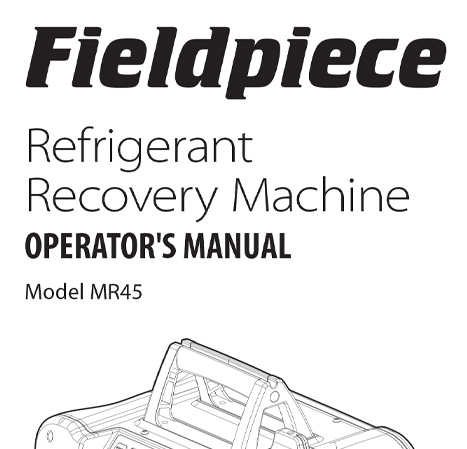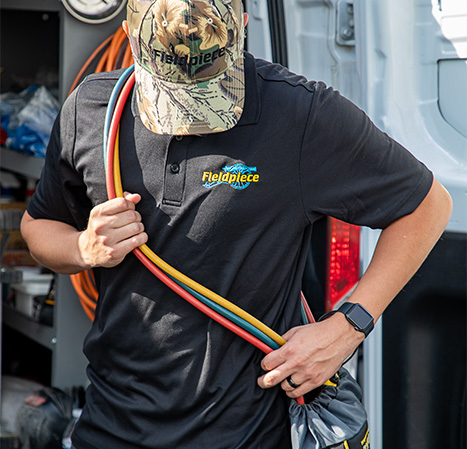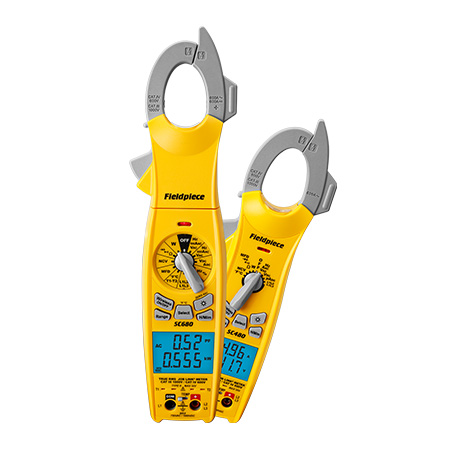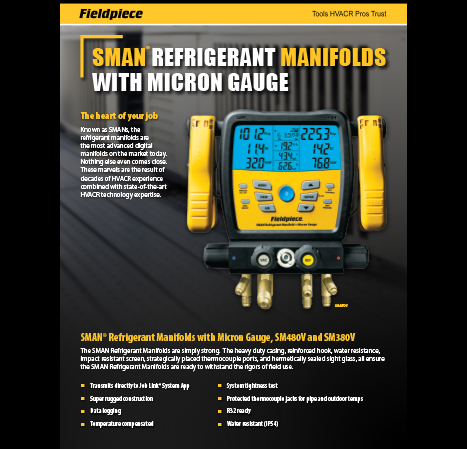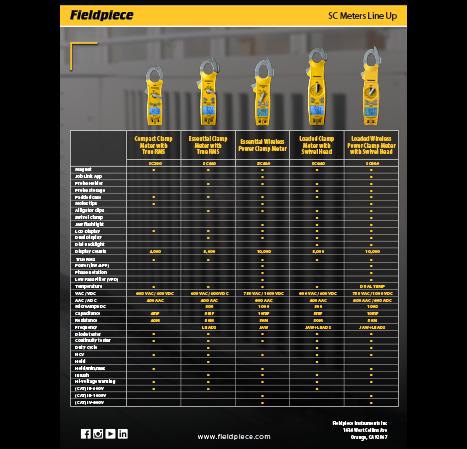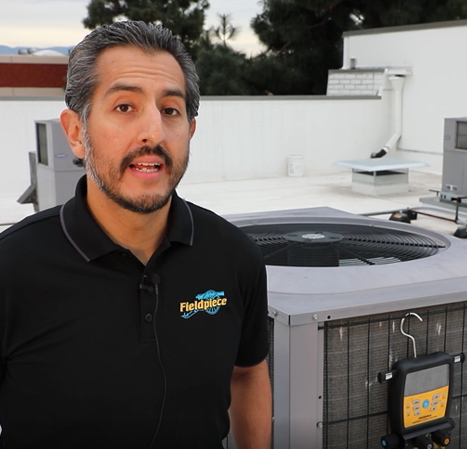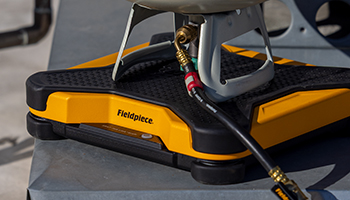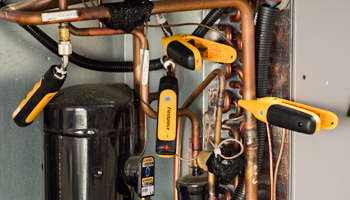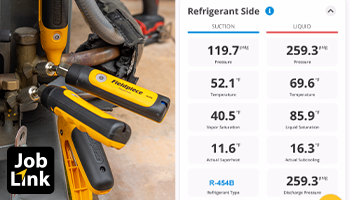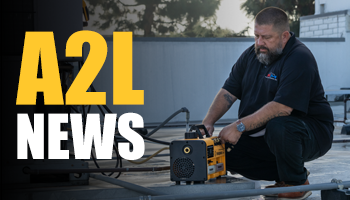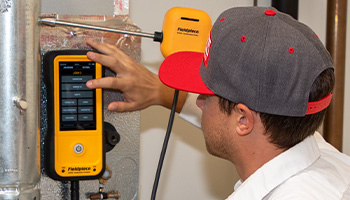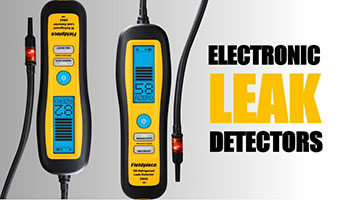Getting the refrigerant charge right isn’t just good practice — it’s essential. From system performance to energy efficiency and long-term reliability, charge accuracy is crucial. Whether you’re servicing air conditioning units running on R-32 or handling a refrigeration system using R-134a, the rule is the same: the system charge needs to be accurate.
A properly charged system:
- Runs more efficiently
- Maintains stable temperature control
- Protects the compressor from unnecessary wear
But an incorrect charge – whether too little or too much – can lead to poor system performance, excessive wear and even premature failure.
Undercharging: A Slow Burn Toward System Failure
Undercharging an HVACR system does not just impact the performance of your system—it will also actively damage the system’s components and ultimately lead to costly failures. When a system is undercharged, it lacks the proper volume of refrigerant needed to absorb and move heat efficiently. This will result in poor cooling or heating performance as the evaporator cannot reach the temperature required to facilitate the needed heat transfer.
Undercharging can also place significant stress on the compressor. With an insufficient amount of refrigerant returning to the compressor, the pressure on the suction side will drop. This can cause the compressor to operate at higher temperatures, increasing the risk of the compressor overheating. One of the more dangerous outcomes of an undercharged system is the freezing of the evaporator coil. As the pressure and temperature drop too low, moisture condenses and freezes on the coil, eventually blocking airflow. Once airflow gets restricted, pressure starts to build up, and the compressor has to work much harder, pushing the whole system further away from the operating range.
Why Overcharging Can Lead to Liquid Slugging and Total Compressor Failure
On the other hand, overcharging a system can be just as damaging and comes with its own set of problems. With too much refrigerant in the system, pressures throughout the circuit rise. This elevated pressure forces the compressor to work harder than necessary, increasing energy consumption and reducing overall system efficiency. Over time, the strain can lead to compressor overheating, damaged valves, or even mechanical failure. Unlike undercharging, which often presents slowly over time, overcharging can sometimes lead to immediate shutdowns if high-pressure safety controls are triggered.
A particularly harmful result of overcharging is liquid refrigerant making its way back to the compressor — a phenomenon known as liquid slugging. Compressors are designed to compress gas, not liquid, and when liquid enters the compressor it can cause internal components to break. This kind of failure is catastrophic and typically leads to total compressor replacement.
Get the Charge Right – Every Time
How do you make sure the refrigerant charge is accurate? The best practice is to follow the equipment manufacturer’s installation and service manuals. Depending on the system type and metering device, refrigerant charge is set by superheat, subcooling or by refrigerant weight. Plus, you will need to take into account the airflow at the indoor unit.
Whether the system uses R-134a, R-410A or any other refrigerant, the core principle remains the same: the charge must be precise. Even a slight deviation can throw the system out of balance, compromise performance and reduce the system’s life span. Get the job done right by using field-tested tools like the Fieldpiece JL3KH6 Job Link® charge and air kit and the SR47 digital refrigerant scale.
Accurate charging doesn’t just help systems perform better – it saves your customers money and helps prevent call backs.
 English
English French
French Spanish
Spanish

